Hendry Ranch Wines
Introduction
Author-Uploaded Audio
Hendry Ranch Wines: Introduction
Text-to-speech Audio
Images
Hendry Ranch
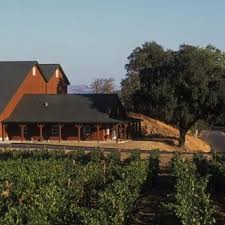
Hendry Ranch
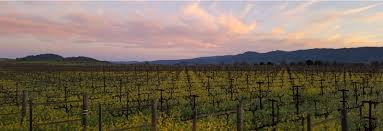
Hendry Ranch
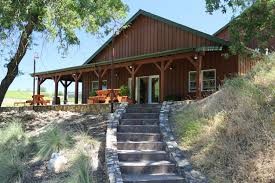
Hendry Ranch
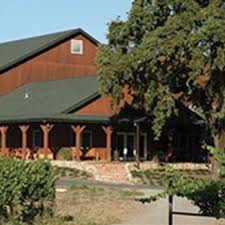
Hendry Logo
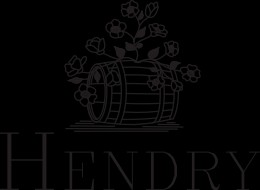
Backstory and Context
Author-Uploaded Audio
Hendry Ranch Wines: Backstory and Context
Text-to-speech Audio
George Hendry moved to Napa as a child with his family in 1939. He learned from a young age how to work on a ranch. After graduating from the University of California at Berkeley in 1959, he spent two years in the Navy and then went on to earn his masters degree, later working for the Cyclotron Corporation. During this period, the Hendry's land in Napa contained only six acres in cultivation for grapes throughout the 1960s, while the remaining land was used for pasture and prune orchards. However, by the early 1970s, the Napa Valley wine industry was in a full rebound. George planted the entire Hendry Ranch with grapevines. Many of these acres contained land that had lain fallow for over a century.
Hendry Ranch Wines contains portions of vineyard that remain among the earliest ever planted in Napa. While the late 1800s saw the advent of many new wineries in Napa, it also witnessed the downfall of almost as many. An insect pest known as Phylloxera had at that time begun to ravage Napa Valley, causing many new wineries to fail. Although native North American vines were naturally resistant to Phylloxera, some of the grapevines that were imported from Europe in the late 1800s were not. Consequently, the imported Vitis vinifera European grapevines at many Napa wineries succumbed to the Phylloxera pest, while the vineyards planted with North American vines thrived.
As a potential solution to the Phylloxera problem, North American rootstocks were grafted onto many Old World European grapevines throughout Napa Valley. This solution saved many vines, and by 1900, the burgeoning wine industry in Napa was growing stronger. However, when Prohibition began in 1920, the industry once again took a turn for the worse. And the effects continued to be felt for decades. Even after the repeal of Prohibition in the early 1930s, it was not until several decades later in the mid-1970s that a comparable amount of acreage had been restored for grape-growing in Napa.
During the 1980s, Robert Mondavi started purchasing all of the Hendry's Pinot Noir and Chardonnay, and much of its Cabernet Sauvignon. Subsequently, the Hendry Ranch became known for its grapes throughout Napa Valley and beyond. By 1992, George Hendry also began making his own wine, and by 1994, he expanded the property considerably by purchasing a neighboring parcel. George's brother Mike also joined the Hendry Ranch after completing his PhD at the University of Alberta, Canada. By 2001, Mike Hendry was also managing the vineyard full-time. In 2001, a winery building was completed, with all aspects of winemaking now completed on-site. Today, the Hendry family remains proud that the Henry Ranch has remained within the family for the past 80 years. Grapes have been in continuous cultivation since that time.
Sources
"History", Hendry Ranch Wines. Accessed July 26th 2020. https://www.hendrywines.com/hendry-ranch/history.php.
Yelp
Hendry Wines
Napa Wine Project
Wine Spies
Hendry Ranch Wines
